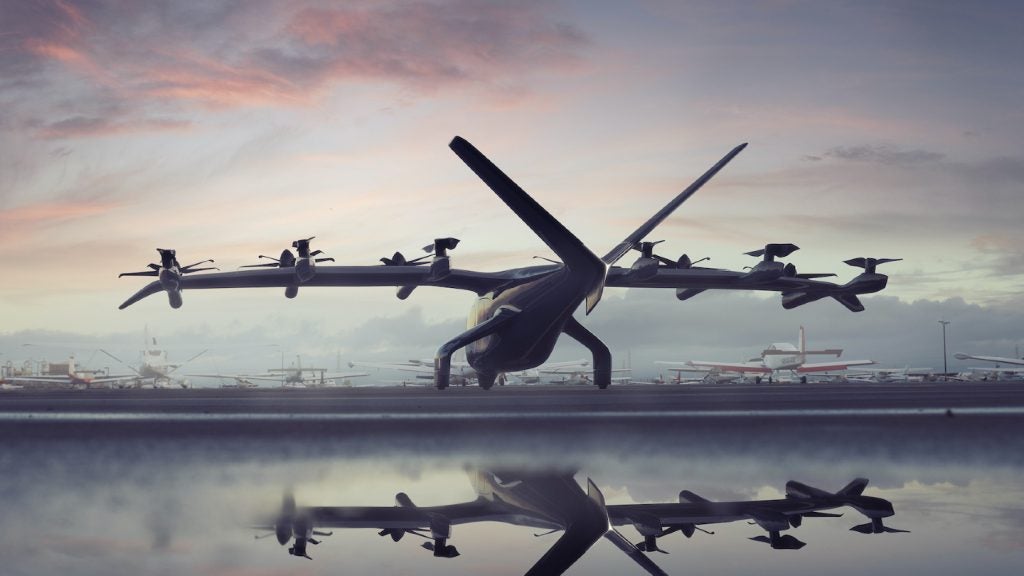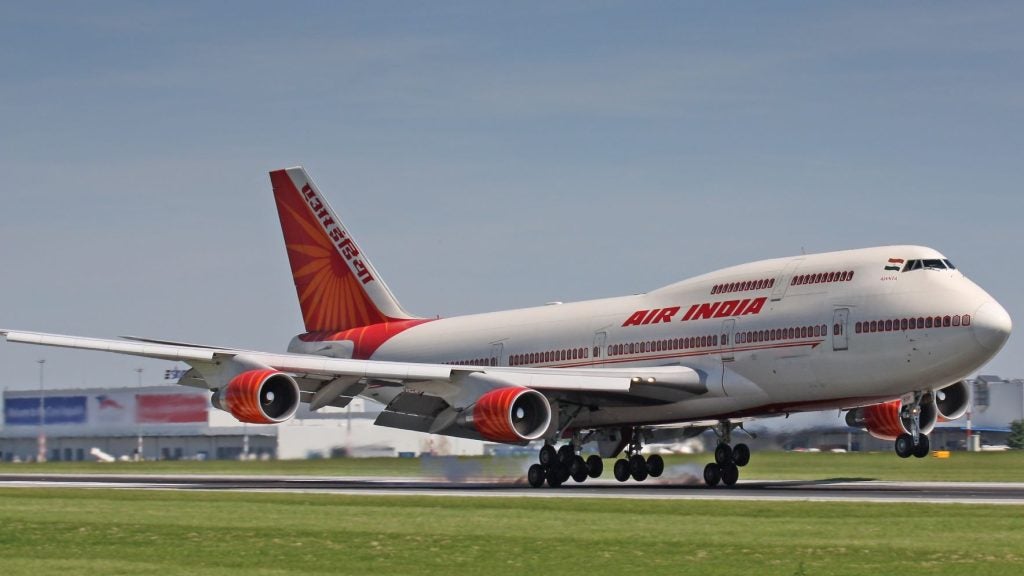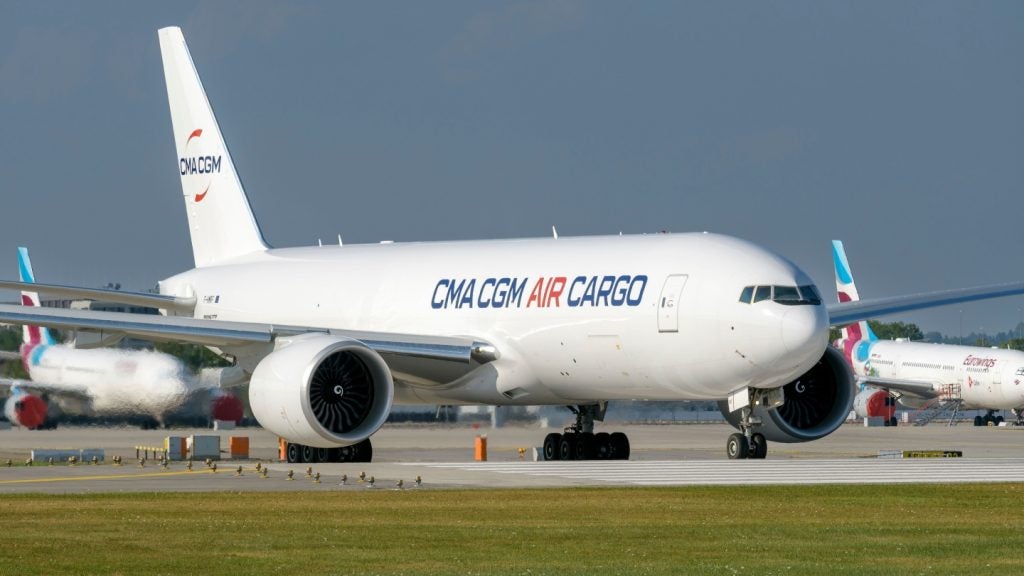
Directing the evolution of Europe’s air traffic control network is a tough challenge given the many changes that are taking place simultaneously in Europe and around the world. Strategies to improve air traffic management (ATM) must be coordinated at a global level, otherwise they will only result in confusion and chaos.
The challenge, therefore, is to manage the complexity of regional and global developments in ATM. The scale of meeting this challenge is only matched by the scale of the improvement current efforts are likely to deliver, so those working at the coalface are inspired by the goals they are pursuing.
"Europe is so complex, not least because of the mass of new regulations and concepts that are appearing," says Paul Wilson, head of the air traffic management unit at EUROCONTROL. We are moving to a new future and everything will change dramatically in the next 15 years, but there are so many areas of work to bring together."
The complex nature of any broad-ranging project to improve the performance of the world’s ATM processes is a certainly big problem to overcome, but it is compounded by the fact that long-term strategy must be balanced with the changing short-term needs of the aviation industry. Economic pressures and rising fuel prices have abruptly changed the industry’s priorities, and organisations such as EUROCONTROL that help shape ATM strategies must adapt quickly to the environment as it changes.
"Previously, the big issue was how to create more capacity and reduce delays. Improving safety, of course, is a given. But priorities have changed now thanks to the recession and the fuel crisis. Now, the emphasis is on flight efficiency, which goes hand-in-hand with environmental issues," says Wilson.
See Also:
"The aim is to save airlines as much money as possible. If you are flying from London to Frankfurt, for example, you had a number of choices. You could take the most fuel-efficient route, which meant taking a delay of maybe one hour on the ground, or you could go on time but fly at a less fuel efficient altitude. It is a question what your priorities are."
How well do you really know your competitors?
Access the most comprehensive Company Profiles on the market, powered by GlobalData. Save hours of research. Gain competitive edge.

Thank you!
Your download email will arrive shortly
Not ready to buy yet? Download a free sample
We are confident about the unique quality of our Company Profiles. However, we want you to make the most beneficial decision for your business, so we offer a free sample that you can download by submitting the below form
By GlobalDataCommon goals, concerted effort
At EUROCONTROL, one of the most important tools that enable long-term strategy and short-term tactical planning to function well is the close relationship with other industry bodies that are developing at a regional and global level. The organisation has, for instance, close ties with IATA, which allows it to communicate efficiently and effectively with airlines and respond as their needs change. It also works closely with air navigation service providers (ANSP) and the airlines themselves.
"IATA is very active on efficiency and has been very quick to react to the changes in the industry. It worked with us on flight efficiency plans, as did many ANSPs and airlines. We also have strong relationships with the Airports Council International (ACI) and the ANSPs, so we can at least all work together around common goals," explains Wilson.
Similarly, relationships with organisations like the US Federal Aviation Administration (FAA) are crucial to the long-term changes in ATM, which are predicated in Europe on the Single European Sky-ATM Research (SESAR) programme of technical innovation and the cohesion of member nations’ airspace. SESAR is targeting a quantum leap in safety, capacity and efficiency across Europe’s skies.
"Now that the environment in the aviation industry has changed we are making these changes as quickly as possible. But the SESAR goal of the European Master Plan must be aligned with the NextGen initiative in the US.
"The plan has very realistic goals, and new technology emerging so rapidly that we are constantly able to look more broadly at what we could achieve in the future. Advances in technology could mean we go beyond SESAR and enhance the Master Plan, but the challenge is always to get industrywide consensus."
Despite the scale of the challenge, Wilson feels that the relationships between the organisations that shape ATM across the world have already shown plenty of positives that bode well for the future. "In the last five years, there have been huge improvements in the global response to the needs of ATM. The FAA, China, Japan, Russia and Europe, as well as many others, have been present in global consortia. Much of the effort is now fully coordinated, which removes duplications and makes best use of resources," he says.
A brighter future
Despite all the current pressures on the industry and its ATM operations, meaningful change is already happening. Prominent among these is the transition of the role of airports in the overall ATM network.
"The next major change will be when all elements of the ATM network are fully incorporated and considered as part of the Network Management function. Airports are not really connected to the network at the moment. Some of them individually contribute a huge amount of traffic to the network, but they need to be more connected to it," remarks Wilson. We need information on what is happening at the time-dynamic information to supplement the planning data that was submitted many months before the day of operation. That way we can rearrange slots to fit with when an aircraft will be on the runway. Until 2013, we are going to be enhancing our existing operations and linking airports to the network. They are engaged in that process, but we must spell out the benefits, which we can clearly show are immediate."
Wilson is accepts that the journey towards more cohesive and efficient ATM operations in Europe and the world as a whole be a hard one, with many difficult choices along the way. There is, however, a clear plan in place and a high level of good will among the many authorities, industry bodies, airlines and airports to make this plan work.
Change is never easy, but the end result makes it more than worthwhile.
"There are huge pressures on cost and efficiency, all work adds clearly identifiable value, and if this is not the case stop that piece of work. We have a new Director General, who is a breath of fresh air, and who has initiated a major restructuring at EUROCONTROL. For ourselves and many others in the industry the way forward will be more for less.







